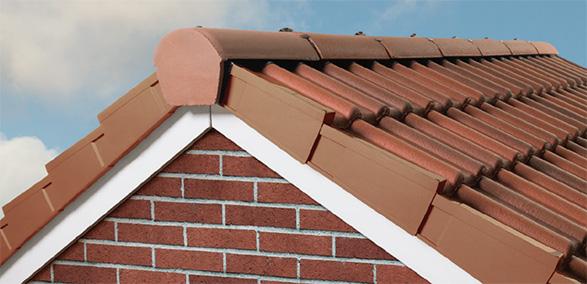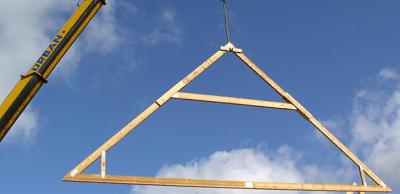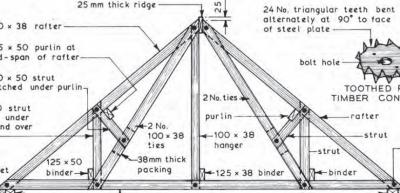BS 8612: Everything you need to know about dry fix roofing systems
Dry fix roofing systems have come a long way since they first appeared in the last century. Their popularity was boosted significantly in 2014, when BS 5534 was revised to reduce the dangers of working at height.
It addressed problems such as failing mortar fixings, the new Standard insisted that even if mortar is used, ridges and hips must also be mechanically fixed. Dry fix systems solve the problem of mortar failure but will only work well if the components are reliable and high quality.
Many housing developers and roofers saw dry fix as the way forward. Unfortunately, with no industry-wide agreed way of assessing their fitness for purpose the increasing demand led to systems and components of variable quality appearing on the market.
BS 8612:2018 Dry fixed ridge, hip, and verge systems for slating and tiling. Specification issued in January 2018 addresses this problem by ensuring that all dry fixed ridge, hip and verge systems meet agreed standards.
The standard focuses on the mechanical resistance of the dry ridge, hip or verge products and introduces new tests to determine the mechanical resistance to wind load. The standard then describes how you can use this data to determine the suitability of the product for any given project depending on the design wind exposure of the site and building.
This information allows specifiers and contractors to make sure they can select products that are fit for purpose for the design requirements of their roofing project.
The standard also introduces a new test that evaluates the ability of dry verge products to shed water off the verge without staining the gable wall, which is an issue particularly with rendered walls.
For ridge-roll products, new tests now check the ability of the rolls to fit to the profile of roof tiles without breaking or splitting. Other tests look at durability in exposure to UV light as well as the freeze-thaw and heat/humidity ageing for ridge-roll products.
So if you are looking to specify or install a dry fix system check to ensure it complies to BS 8612 and it will offer restored confidence that dry fix can continue to be a reliable, high-quality solution to ensuring weather tightness and durability in pitched roofs.
Further information
Understand BS 5534 changes to roof underlay
Sign up to the building bulletin newsletter
Over 48,000 construction professionals have already signed up for the LABC Building Bulletin.
Join them and receive useful tips, practical technical information and industry news by email once every 6 weeks.
Subscribe to the Building Bulletin




Comments
Add new comment